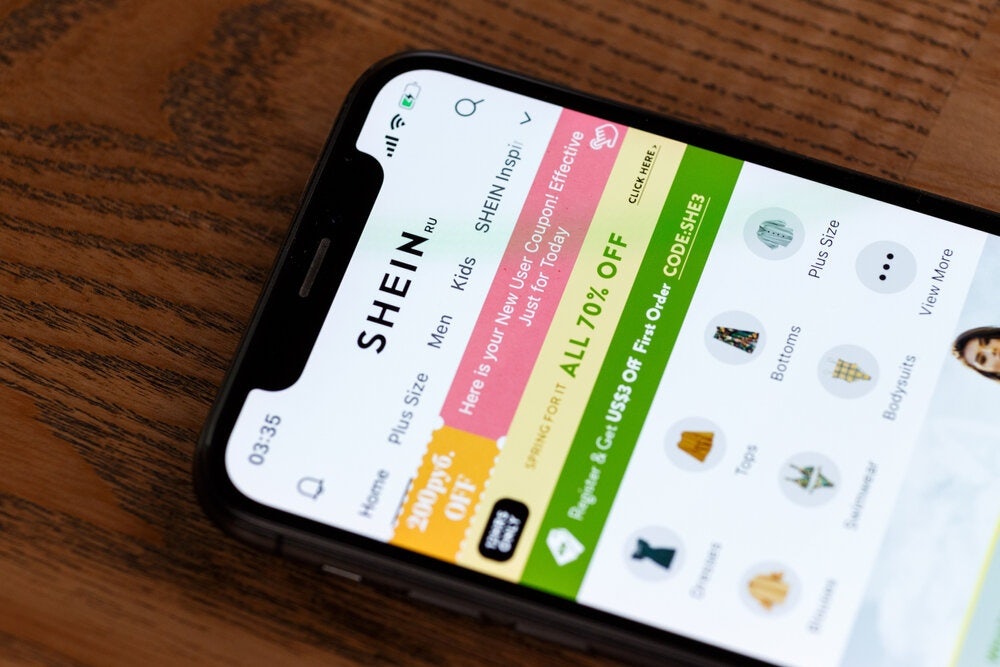
As TikTok has become an important marketing avenue for brands hoping to tap the spending power of its largely Gen Z audience, few have capitalized quite as well on the rapid-fire nature of the platform as Chinese fast-fashion brand
Shein#
. Though rarely (if ever) mentioned as a direct competitor to the likes of Zara or H&M, the direct-to-consumer Shein has rapidly (and relatively quietly) built a massive global following by offering rapid turnaround on ultra-cheap apparel and adeptly leveraging influencer marketing across markets.
According to China’s LatePost, Shein’s latest financing round saw it valued at $15 billion (roughly equal to Zara’s brand value, as per Interbrand’s Best Global Brands 2020), and the company sold some RMB 30 billion ($4.6 billion) worth of clothing to shoppers outside China in 2019. While this was less than 15% of Zara’s sales, Shein already exceeded RMB 40 billion ($6.2 billion) in sales by mid-2020, and it expected to surpass the RMB 100 billion ($15 billion) mark by the end of the year.
Despite the stealthy growth since its founding in 2008, details of Shein’s corporate structure and global strategy remain fairly murky. As KrAsia noted, quoting one VC, “[Shein] is China’s most mysterious billion-dollar company.”
One thing we do know is that Shein has adroitly taken advantage of two trends to power its skyrocketing growth: influencer marketing and visually-focused platforms like Instagram, YouTube, and TikTok. A quick glance at some of the thousands of YouTube videos or 68,000 Instagram posts with the hashtag #sheinhaul shows how would-be influencers are more than willing to post about their enormous piles of Shein clothes (whether gifted by the brand or purchased at its very affordable price points).
On its own, Shein’s story of inexpensive DTC and social media-powered global growth is an interesting one. But where it becomes even more intriguing is in what the near future may hold for the company.
Earlier this month, it was reported that Shein has emerged as the frontrunner to buy Britain’s troubled Arcadia Group, owner of high-street fast fashion fixtures Topshop, Topman, Miss Selfridge, Dorothy Perkins, and Burton. According to the Guardian, at roughly the same time that Next shelved its takeover bid, Shein put in an offer of more than £300 million ($412 million) for just Topshop and Topman. Sky News noted that a separate process was being run for other Arcadia brands such as Burton and Dorothy Perkins.
At the very least, Shein could take home Topshop and Topman, with one source telling the Daily Mail: “Shein have the deepest pockets – it will be hard to say no.” That said, competition remains fierce, with the Issa brothers, Boohoo, JD Sports, and Asos among the other potential buyers.
Shein could follow the M&A blueprint of the (now troubled) Shandong Ruyi, the majority owner of the French retail group SMCP (parent of premium brands Sandro, Maje, and Claudie Pierlot). Eager to cast itself as the “LVMH of China,” Shandong Ruyi spent handsomely for control of SMCP in 2016, although a subsequent attempt at taking over of Swiss luxury brand Bally fell through. Another Chinese company could provide a roadmap for Shein’s global expansion is Shanghai-based conglomerate Fosun International, which has invested in high-end brands like Lanvin, Wolford, and St. John.
Considering Shein’s secretive nature, its interest in acquiring Topshop and Topman brings up no shortage of questions. For starters: would it focus more on expanding the presence of these British brands in China, or would it be a play to consolidate and sell more Shein apparel to international buyers, burnishing its cred via association with better-known names?
No matter who takes home the brands of Arcadia Group, the mere fact that Shein has shown itself willing to spend top dollar for more upmarket high-street brands the potential for Shein to become, if not the LVMH of China, at least the H&M of China.
